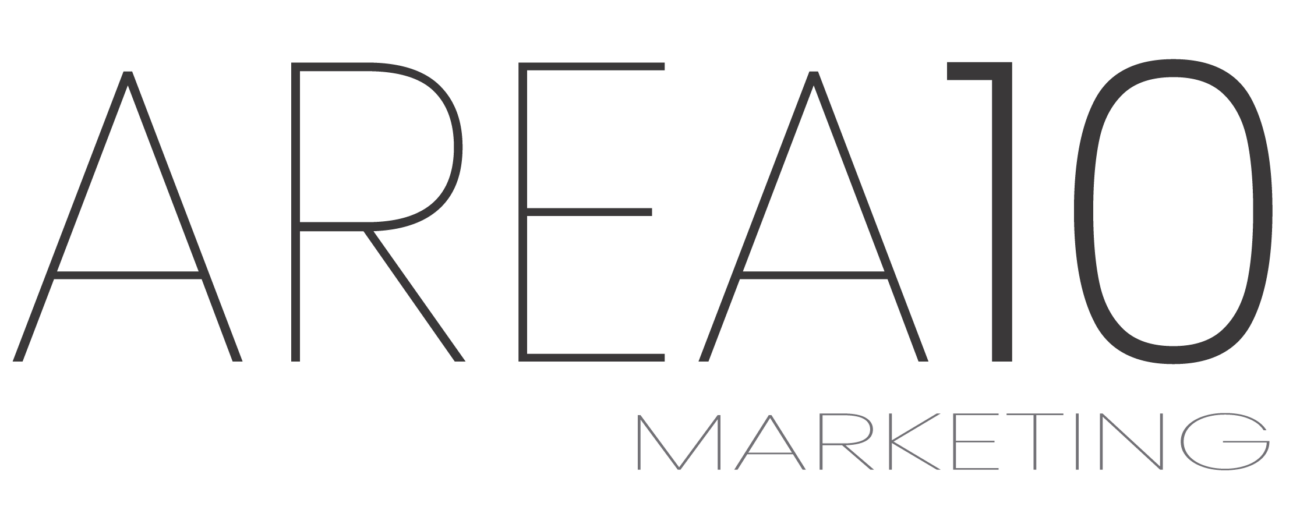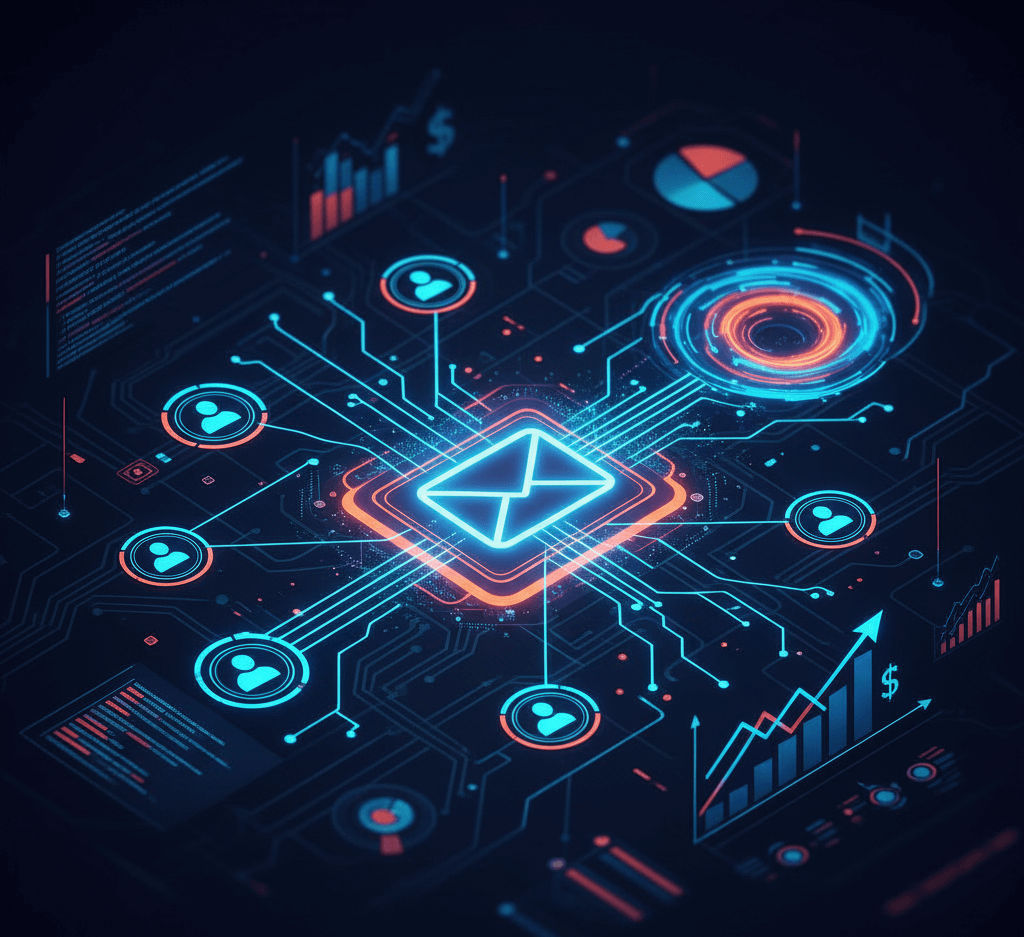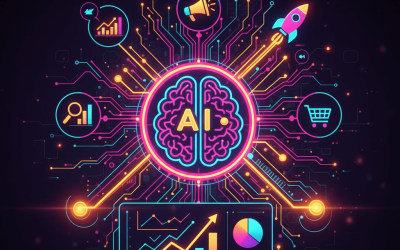Email campaign automation allows brands to segment audiences and personalize messages intelligently, increasing conversions and improving customer experience.
In today’s marketing landscape, email campaign automation has become an essential tool for brands that want to connect with their audiences in a personalized, efficient, and scalable way.
It’s no longer about sending mass emails — now it’s about how to automate email campaigns to deliver the right message at the right time using advanced segmentation and smart messaging powered by AI.
This approach not only improves performance but also optimizes resources and builds stronger customer relationships.
1. What Is Email Campaign Automation
Email campaign automation involves using technology and specialized platforms to schedule and personalize email communications automatically, based on user behavior and characteristics.
This allows brands to:
· 📩 Send the right message to the right person.
· ⏳ Save time on repetitive tasks.
· 📈 Increase the efficiency and performance of their campaigns.
2. From Segmentation to Intelligent Messaging
Segmentation is the first step in building an effective strategy. Classifying contacts based on behavior, interests, or their stage in the sales funnel dramatically increases message relevance.
But today’s strategies go further. By using intelligent messaging powered by AI and automation, brands can anticipate user needs and adapt content in real time.
Examples of intelligent messaging:
· 🛍️ Personalized product recommendations.
· 🕒 Trigger-based emails after user actions.
· 📊 Dynamic content based on preferences and segments.
3. Benefits of Automating Email Campaigns
Email automation doesn’t just improve customer experience — it enhances overall marketing performance.
Key benefits:
· 🚀 Increased efficiency and resource optimization.
· 🎯 Better segmentation for more relevant messages.
· 🧠 Advanced personalization to strengthen brand-customer relationships.
· 💰 Higher conversions and sales.
· 📈 Accurate analytics to optimize future strategies.
4. Keys to a Successful Automation Strategy
Simply scheduling emails isn’t enough. To maximize results, you need a well-defined strategy focused on the user.
Best practices:
· 🧭 Set clear, measurable objectives.
· 👥 Segment and personalize carefully.
· 🤖 Use reliable automation tools.
· 📊 Track performance and iterate.
· 🪴 Avoid email fatigue and keep user experience at the center.
5. Recommended Automation Tools
There are plenty of platforms designed to make email marketing automation easier. The best choice will depend on your company size, goals, and budget.
Popular options include:
· HubSpot – ideal for advanced strategies.
· Mailchimp – simple and effective for automated campaigns.
· ActiveCampaign – great balance of segmentation and personalization.
· Klaviyo – widely used in eCommerce.
Email campaign automation is more than a marketing trend — it’s a powerful strategy to deliver personalized experiences, scale efficiently, and boost conversions.
👉 If your brand wants to increase relevance and efficiency, email automation is the way forward. 👉 Start with segmentation, add intelligence to your messaging, and watch your campaigns grow.
FAQ – Frequently Asked Questions
What is email campaign automation? It’s the use of technology to send personalized, automated, and segmented emails at scale.
Why is segmentation important? Because it ensures more relevant messaging and higher engagement.
What are the benefits of automating email campaigns? Efficiency, personalization, better targeting, analytics, and increased conversions.
Which tools are best for email automation? HubSpot, Mailchimp, ActiveCampaign, and Klaviyo are great options.
Do I need technical knowledge? Not necessarily. Many platforms offer intuitive interfaces for easy setup.





